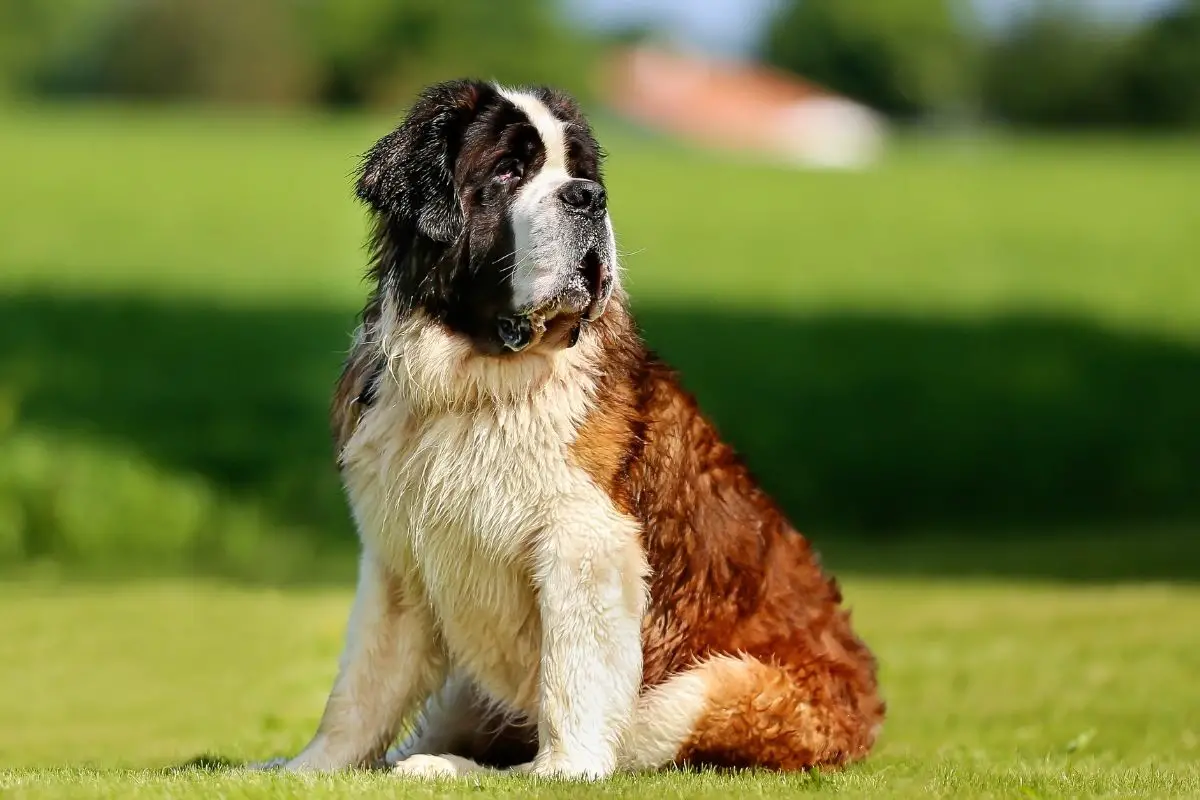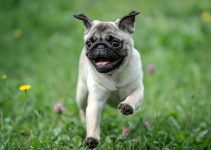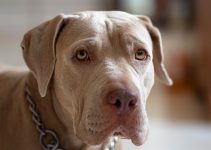Dogs are wonderful companions, but they also require a lot of exercise. How much should you walk or jog with your dog on a daily basis?
They are known for their loyalty and love, but they also need plenty of exercise to stay fit and happy. If you want to take care of your pet, you’ll need to provide them with enough exercise.
Exercise is important for dogs because it helps them build muscle mass and burn calories. The amount of exercise required depends on a whole list of different factors that are unique for every animal.
For example, a small dog can often only need a short walk every day, while a large dog may need more than an hour each day.
In this article, we’ll be taking a look at all of these factors and helping you determine what an appropriate weight is for your dog.
It’s essential to remember that there’s no single ‘correct’ weight for every dog and plenty can get away with being a little heavier than what we’ve suggested, as long as they’re healthy.
Also, make sure you stick around to the end of this article to find out what the best way to look after your own dog’s health is!
Contents
- 1 Checking Your Dog’s Health By Appearance
- 2 Does Gender Affect Weight For Dogs?
- 3 The Best Way To Check A Dog’s Weight
- 4 Ideal Dog Weight By Breed
- 5 Dog Care Tips – How To Keep Your Dog Healthy And Happy
- 6 Dog Care Tips – How To Make Sure Your Dog Has Enough Exercise
- 7 Dog Care Tips – How To Take Care Of Your Dog’s Teeth
- 8 Dog Care Tips: How To Feed Your Dog Properly
- 9 Healthy Lifestyle For Different Breeds
- 10 Conclusion
Checking Your Dog’s Health By Appearance
Before you sit your furry friend down on a set of scales, the best way to determine a dog’s general health and find out whether they’re over or underweight is to simply look at them.
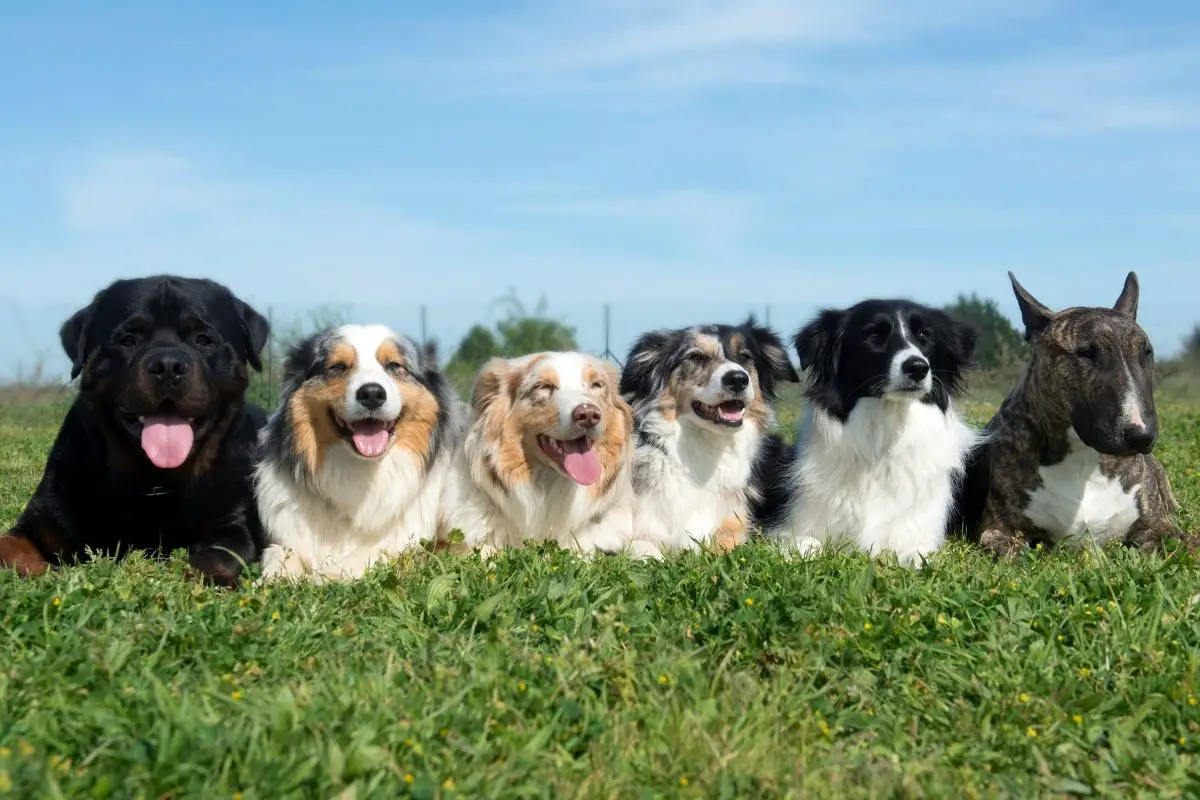
Of course, most people reading this aren’t trained vets and won’t be able to diagnose a dog with any kind of ailment, but there’s plenty that you can tell about a dog’s weight, even with an untrained eye.
Here are some of the things you should be looking out for with your dog:
Characteristics of an underweight dog
- Visible ribs
- Visible backbone
- Waist tucked in exaggeratedly
- Bones can be felt easily through the skin
Characteristics of an overweight dog
- Large, bloated stomach
- Stomach hangs very close to the ground
- Ribs are very hard to see or are completely invisible
- Has trouble breathing, even when not exercising
Characteristics of a normal-weight dog
- Normal waistline
- Easy breathing
- No visible signs of illness
Naturally, dogs that exhibit any of these symptoms or behaviors aren’t always overweight or underweight, this is just a way of estimating their overall health.
Does Gender Affect Weight For Dogs?
Another factor that affects how much a dog weighs is gender. Males tend to weigh slightly more than females due to differences in bone structure and body composition.
However, this doesn’t mean that males are necessarily bigger or stronger than females. Instead, it means that male dogs have more testosterone which makes them more muscular.
This isn’t something you’d notice unless you were doing a physical exam on your dog, but if you do happen to notice anything strange, then it’s worth mentioning to your vet.
The Best Way To Check A Dog’s Weight
The easiest way to check your dog’s weight is by using a scale. You can use one of two methods to measure your dog’s weight.
If you don’t have access to a bathroom scale, then you can take a measurement from your dog’s neck.
Simply place your hand on your dog’s chest and feel for the rib cage. This will give you a good indication of how heavy your dog is.
If you want to go a step further, you can also use a tape measure to measure your dog’s height and multiply that figure by 0.8 to get a rough estimate of their weight.
You could also measure your dog’s height by measuring their shoulder width (the distance between their shoulders) and multiplying that by 2.5.
However, this method may not be accurate enough for some breeds, so don’t rely on it too heavily.
Ideal Dog Weight By Breed
Do you want to know “How Heavy Should My Dog Be?” Lets Learn…
Generally, the best determiner of a dog’s ideal weight range is its breed. Perfectly healthy dogs of different breeds can have massively different weights, so it’s important to bear this in mind before diagnosing your pet as obese!
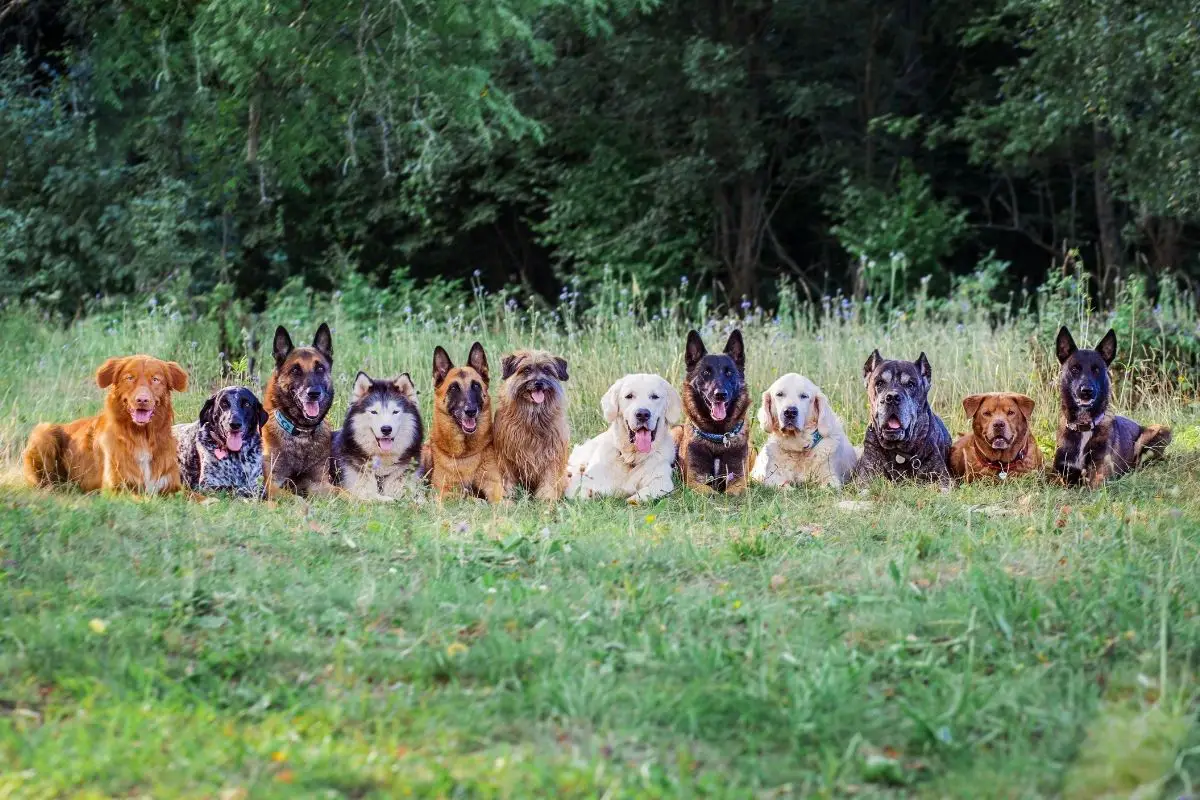
Below are the top 10 most common dog breeds in the US and their ideal weight range:
- Labrador Retriever: 65-80 pounds (male), 55-70 pounds (female)
- French Bulldog: under 28 pounds (male and female)
- German Shepherd: 65-90 pounds (male), 50-70 pounds (female)
- Golden Retriever: 65-75 pounds (male), 55-65 pounds (female)
- English Bulldog: 50-55 pounds (male), 40-50 pounds (female)
- Standard Poodle: 60-70 pounds (male), 40-50 pounds (female)
- Beagle: 20-30 pounds (male and female)
- Rottweiler: 95-135 pounds (male), 80-100 pounds (female)
- German Shorthaired Pointer: 55-70 pounds (male), 45-60 pounds (female)
- Dachshund: 16-32 pounds (male and female)
As you can probably tell, there’s a huge difference between the weights of many dogs. In fact, there can even be a pretty substantial difference between male and female dogs of the same breed.
There’s also a pretty wide range of weights that most dogs can fit into. For example, you’ve seen that a healthy male rottweiler could weigh 95 pounds or 135 pounds. The ranges for ideal weight tend to get bigger as the breeds get bigger.
Dog Care Tips – How To Keep Your Dog Healthy And Happy
Now that you know how to check your dog’s health, you need to know how to keep them healthy and happy. There are several ways to do this, including:
- Feeding your dog the right amount of food
- Giving your dog regular exercise
- Keeping your dog safe from illnesses
All of these factors play a role in keeping your dog healthy and happy, especially as they age.
So, what exactly does “healthy” mean? Well, it depends on what your dog needs. If you’re dealing with an older dog who has arthritis or other joint issues, then feeding them a diet high in protein and low in fat will help prevent inflammation and pain.
On the other hand, younger dogs who are still growing and developing need a different kind of diet. They should be fed a diet rich in carbohydrates and protein while being kept away from foods like meat, cheese, and eggs.
Dog Care Tips – How To Make Sure Your Dog Has Enough Exercise
Exercise is another important part of dog care. It helps your dog stay fit and healthy, and it keeps them mentally stimulated.
There are a few different types of exercise that most dogs enjoy, including running around outside, playing fetch, and playing with other dogs.
Of course, there are many other activities that your dog might enjoy, such as swimming, hiking, and playing tug-of-war.
The best thing about exercising your dog is that it gives them a chance to burn off energy and release pent-up stress.
When selecting the type of activity that works best for your dog, consider their size, breed, and any medical conditions they might have.
For example, if your dog is overweight, then working out with them will probably cause more harm than good.
However, if your dog is thin and active, then you’ll find that they love to run around and play.
Dog Care Tips – How To Take Care Of Your Dog’s Teeth
Teeth are just as important a consideration as any other body part when it comes to caring for your dog. After all, without teeth, your dog wouldn’t be able to eat, drink, or even chew up toys.
Like humans, dogs lose their baby teeth at certain ages and replace them with permanent adult teeth. As long as your dog is old enough, he or she will eventually grow new teeth.
The first set of teeth usually appears somewhere between six months and one year of age. These are called deciduous teeth.
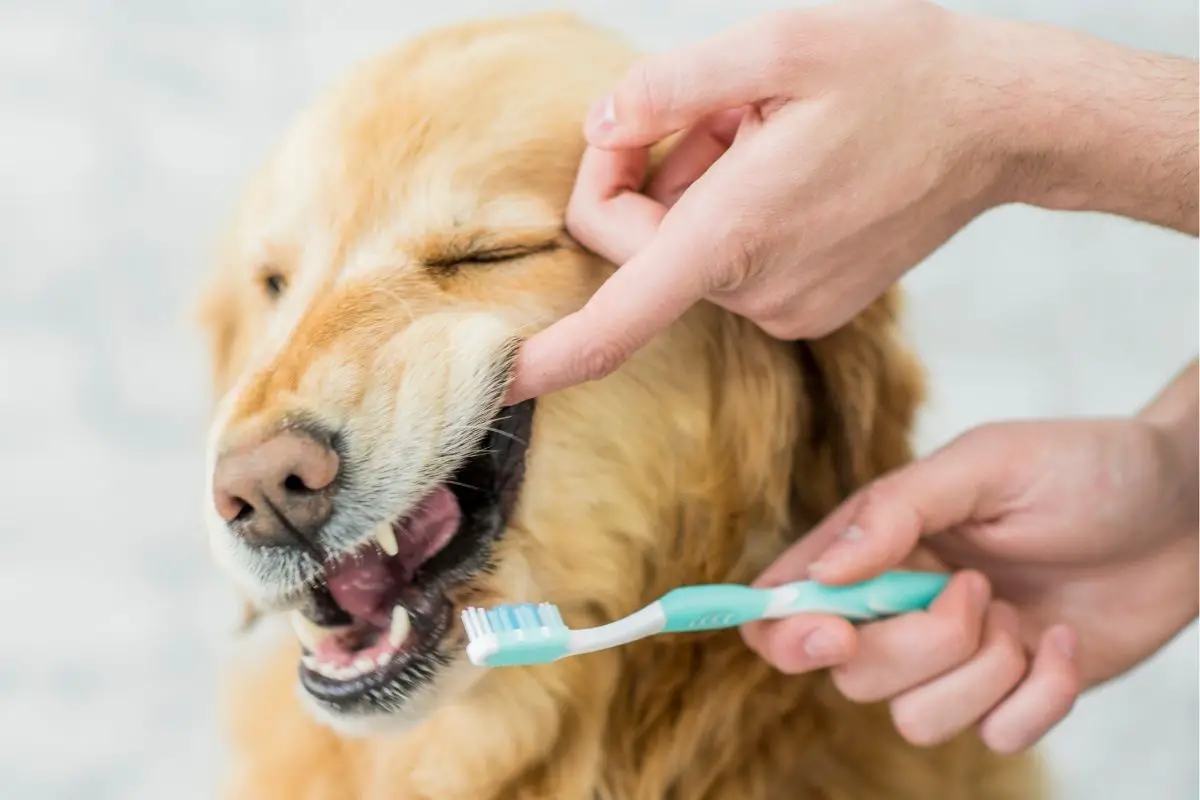
The second set of teeth appears between two years and four years of age. These are known as primary teeth.
Your dog’s third set of teeth, which are called secondary teeth, appear after the dog reaches five years of age.
As your dog gets older, his or her teeth may become worn down or misshapen. This can make eating hard work, so it’s important to brush your dog’s teeth regularly.
According to the RSPCA, it can be beneficial to start brushing your dog’s teeth as a puppy so that they quickly get used to it, and it doesn’t become a problem when they’re older.
Brushing once per day is plenty to ensure good oral hygiene, but there’s nothing wrong with brushing them twice a day for extra cleanliness.
If you’re not sure how to brush your dog’s teeth safely and effectively, your vet will be more than happy to help you out and demonstrate for you.
You should also take time to examine your dog’s mouth every day to see if anything looks unusual.
If you notice any signs of gum disease, tooth decay, or tartar buildup, schedule an appointment with your vet right away.
Dog Care Tips: How To Feed Your Dog Properly
Feeding your dog properly is another important aspect of dog care. If you feed your dog the wrong foods, then they could develop health problems like obesity or diabetes.
It’s also important to know what kind of food your dog needs to maintain proper weight.
Some breeds tend to gain weight easily while others naturally shed pounds.
To determine whether your dog is overweight, measure him or her in several places, including the chest, waist, hips, and neck.
If you find that your dog has gained too much weight, then you need to cut back on the number of calories he or she consumes.
If your dog is underweight, then you should increase the amount of food he or she eats.
In addition to feeding your dog the correct amount of food, it’s also essential to give him or her fresh water frequently.
Dogs who don’t receive adequate amounts of water will often suffer from dry skin and hair, along with bad breath.
In order to keep your dog hydrated, you’ll want to provide him or her with a bowl full of fresh water daily.
Make sure that you change the water in the bowl at least once or twice per week.
Healthy Lifestyle For Different Breeds
In this section, we’re returning to that list of the most popular dog breeds in the United States.
Here, we’ll be going over each breed’s personality and physical characteristics to find out what the best lifestyle and exercise routines are.
Labrador Retriever
This breed is very active and loves playing fetch. They require a lot of physical activity and love to run around outside.
Because of their high energy levels, Labradors need lots of exercise to stay healthy.
They also have a tendency to get overheated easily, so they benefit from having access to shade during hot days.
The Labrador Retriever is known for its friendly nature and willingness to please people.
They also enjoy being part of the family and making friends with other dogs.
As long as you provide your dog with enough exercise and mental stimulation, he or she will remain healthy and happy.
Golden Retriever
These are intelligent and energetic dogs that make great companions.
They’re also one of the most popular breeds in America because of their ability to learn new tricks quickly.
Golden Retrievers are generally easygoing and gentle, which makes them perfect for families with children.
However, because they can become destructive when bored, Golden Retrievers do well if they spend time outdoors.
A good way to keep your Golden Retriever occupied is by taking him or her hiking or camping.
A daily walk of about an hour in length is sufficient for a golden retriever, but two half-hour walks will also work.
German Shepherd
German Shepherds are highly trainable and loyal dogs. They can be aggressive toward strangers, however, so it’s important to socialize them early on.
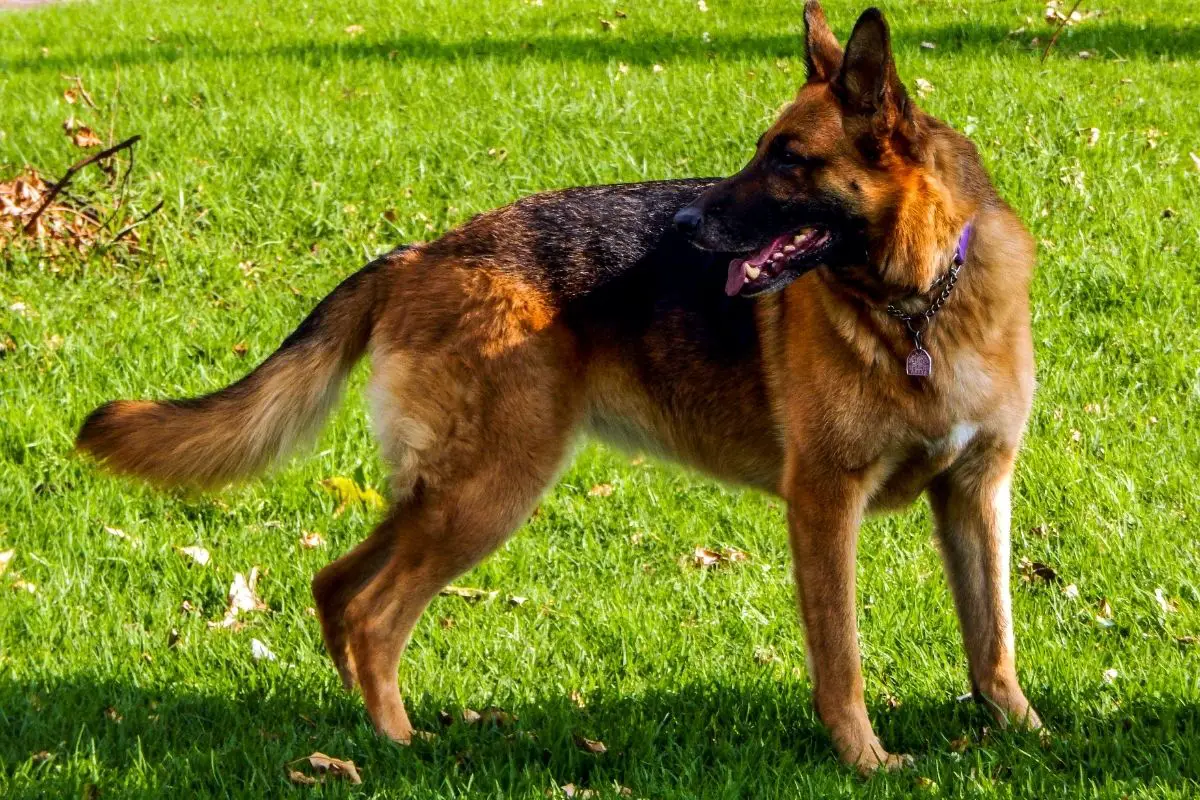
Because they’re bigger than most other dog breeds, German shepherds also need more exercise. A 90-minute walk every day will be enough to keep them healthy.
Because German Shepherds are extremely protective of their owners, they may bark loudly when someone enters the home without permission.
They also tend to be stubborn and willful, so it’s important that you teach them how to behave properly.
When training your dog, use positive reinforcement techniques such as treats and praise instead of punishment.
French Bulldog
These dogs are playful and affectionate, and they love to snuggle up next to their owners.
Because French Bulldogs are small, they tend to be sensitive to heat and cold.
To help your pet stay comfortable, you should provide him or her with plenty of fresh air.
Despite their relatively small size, French Bulldogs will still require around an hour of exercise every day.
However, they tend to have greater breathing problems than other dogs so a series of shorter, low-intensity walks are often a good way to go.
English Bulldog
These dogs were originally bred to pull heavy loads. Because of this, English bulldogs are strong and sturdy.
Although they’re not particularly athletic, they’re excellent at catching balls and retrieving items.
Since English bulldogs are prone to obesity, it’s best to feed them a diet that contains less fat.
If you want to prevent your dog from becoming overweight, limit his or her food intake to no more than 3 cups per day.
In terms of exercise, English bulldogs shouldn’t be overworked and will benefit from a daily 20-minute walk.
Poodle
This breed is known for its intelligence and loyalty. Poodles are very friendly and outgoing, and they like to play fetch with their owners.
Because poodles are hypoallergenic, they don’t shed much hair, and they rarely get fleas or ticks.
Poodles are also good swimmers, making them ideal for water sports.
Your poodle should receive 30 minutes of exercise, twice a day. This includes walking, playing games, and doing some agility exercises.
Beagle
The beagle is one of the oldest breeds of dogs. It was developed to hunt rabbits and hares.
Because of this, beagles are active and energetic. They enjoy running and jumping, and they’re great at catching balls.
Beagles are also intelligent and eager to please, which makes them easy to train.
A beagle needs a lot of exercise because they have a high metabolism. To keep them fit, take your beagle out for two 30-minute walks each day.
Rottweiler
These large dogs are powerful and courageous. Rottweilers are usually used in police work and military service, but they make wonderful family pets too.
Rottweilers are very protective of their owners, and they’ll fight off any intruder who threatens their safety.
Because of this aggressive nature, Rottweilers require lots of mental stimulation. If you want to ensure that your dog gets enough exercise, give him or her plenty of opportunities to run free outdoors.
It’s a good idea to give your rottweiler at least 2 hours of exercise every day. Whether you split this into two 1-hour walks or do it all in one go is up to you.
German Shorthaired Pointer
Pointers are highly intelligent hunting dogs. German shorthaired pointers are extremely fast and agile, and they can easily catch prey such as birds and squirrels.
Because of their speed and endurance, these dogs are perfect for tracking down game.
Because they’re so athletic, German shorthaired pointers need regular exercise. Give your pooch at least 2 hours of activity every day.
Dachshund
These short-legged dogs are fun-loving and loyal companions. Dachshunds are very playful and love to chase after balls and toys.
They’re also very smart and quick on their feet. As long as you provide them with sufficient exercise, dachshunds won’t become obese.
To ensure that your dachshund receives enough physical activity, take him or her outside regularly. You can use this time to practice obedience training or just let your dog run around freely.
Whatever you choose, around 1 hour of exercise per day will keep your dachshund healthy and in good shape.
Conclusion
Hopefully, you now have a much better insight into what kind of weight your dog should be.
If we didn’t mention your dog’s breed in this article, make sure you look yours up online as there’s plenty of information available about pretty much every breed.
Also, make sure you stick to our tips for keeping your dog healthy and in good shape to have a happy friend around you all the time!
Learn More about Dogs Here
